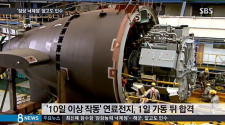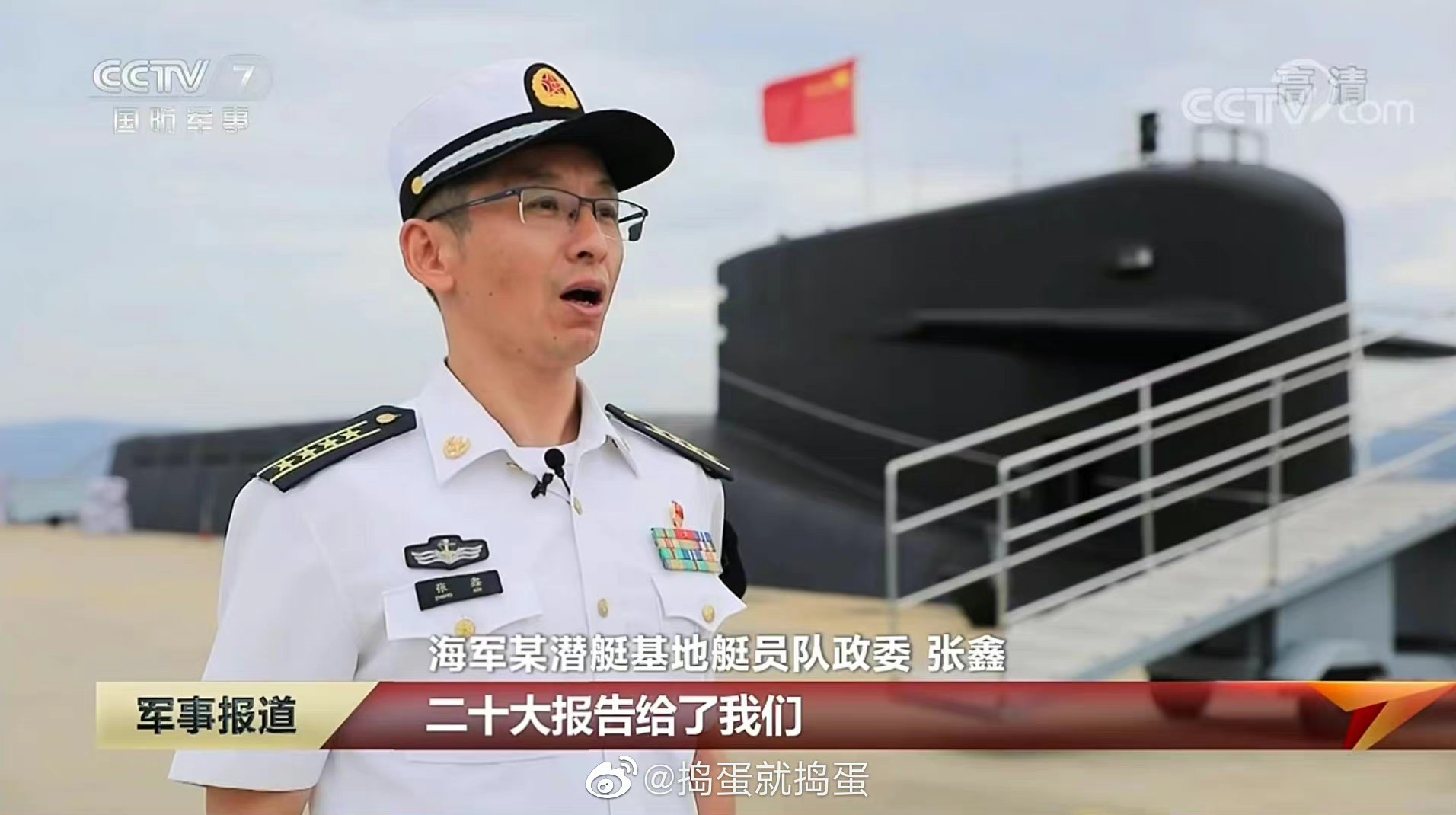That's good and I'm having a second thought on hybrid propulsion myself. But here are somethings to consider regarding development timeline, for anyone who's still reading my long posts.
According to the ST Daily the motor's development was completed by 2015 (the end of the 12th five year plan). Engineers of the 712th Institute went to Sanya in late 2017 to configurate and test the motor. The actual installation work was already done when they arrived.
Timeline of the PMM's development
????-2011 Research & early development
2011-2015 Engineering development and long-term reliability trials, safety trials for combat scenarios
201(?)-2017 Installation on a (most likely nuclear) PLAN submarine at Sanya submarine base (likely @ the underground dry dock there)
2017- Trials onboard the modified/upgraded PLAN submarine
Note that the 2017 trial was described as the first "live" ("live" as in "live fire") submarine trial (首台实艇安装...试验). The deliberate choice of the qualified phrase "实艇" instead of just “艇上" indicates that it had been previously tested on a submarine testing platform, just not "实艇". Logically this should be the case as you don't do the first onboard trial of a new propulsion system on an active duty (and likely nuclear) submarine when you have dedicated testing platforms. The trial in 2017 was analogous to the first trial of WS-20 on a Y-20A frame (in 2021), not to the first trial of WS-20 on the IL-76 testing platform (in 2014). The first satellite image of Type 09IIIB construction at Huludao came in late 2020. The propulsion system probably wasn't installed until 2021. I'd say the development timeline of the PMM fits well with that of Type 09IIIB.
The first Siemens Permasyn PMM was delivered for installation in 2001, and the first Type 212A was launched in 2002. The first CSSC PMM was already installed on a PLAN submarine by 2017, and the first Type 09IIIB was launched in 2022. If the new propulsion system was tested on a Type 09III/A in 2017, Type 09IIIB could very well use the same design. A 5+ year gap between the first subsystem delivery to the end user (PLAN) and the launch of the first brand new vessel is cautious enough. For China, PMM is not turbofan. Permanent magnet electric machine is one of China's industrial strength. Dongfang Electric launched its 10MW direct drive PMSG for wind turbines in the same year (2019) as Siemens.
Also the head of 712th Institute's claimed in 2017 that the new propulsion system (engineered for and tested on submarines) was going to see applications in the next few years and realize a leapfrogging/generation-skipping advance of Chinese naval propulsion. "未来几年永磁电机推进系统将得到推广应用,实现我国舰船推进技术的跨越式发展". Type 09V's timeline wouldn't match the "the next few years" of 2017 claim.
As for the overall propulsion system, I've come to regard hybrid as not a very good idea. Still too much gears making noises and maintaining both the mechanical and electric transmission is likely a nightmare. Probably hard to operate too. It's go IEPS or go home. I just saw that photo of the Ohio-class's reduction gearbox. Those things are surely big. Getting rid of the reduction gearbox alone can probably save enough space for a PMM ring. IEPS is the way forward.
A further question is whether the 5MW PMM listed on 712th's website is for a nuclear submarine. Here's a 2.85MW Siemens Permasyn PMM being installed to a Type 214, leaving just enough space for maintenance access. That's what you want on a submarine to save space.
View attachment 97257
Assuming 712th's PMM is as power/torque dense as Siemens Permasyn, you would expect the 5MW PMM to be about 20% larger in diameter. This fits Type 039's dimensions, not 09III's. I guess on a 09III it can be installed further back toward the tail of the hull. But mechanical system for the rudders need space too, so you can't push it back too much. You can always use space for additional noise control or for power system, I guess? So potentially the motor can work for both Type 039 and Type 09III/09IV sized hulls.
I did a check, the first Chinese 5MW class direct drive PMSG for offshore wind turbine was launched in 2010.
Direct drive wind turbine PMSGs operate at a significantly lower rpm than PMM for marine propulsion, so they're not the same thing (different numbers of poles), but it should indicate the industrial and technology base China had at that time. So 5MW is a realistic power rating for a Chinese marine propulsion PMM developed during 2011-2015. We shouldn't expect something like a 10MW motor in that timeframe.
The first Chinese 10MW class direct drive wind turbine PMSG was launched in 2019. So a Chinese 10MW per ring marine propulsion PMM could be ready for delivery by 2025 if the development timeline is similar to that of the 5MW model, probably faster. Again they're not the same thing, but depend on the same technological and industrial base. Type 09V might be in time for 10MW per ring, I think. This also shows how ahead of time USN's original plan for Zumwalt to equip 36MW (2 rings 18MW each) PMM was. GE only launched its 6MW class direct drive wind turbine PMSG in 2016, and it was designed by their French subsidiary (formerly Alstom)!



